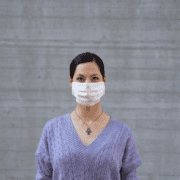How to Protect Yourself from Ticks
By Laura Monaghan, PA, MMS

Summer is in full force, which means increased time outdoors and traveling for vacation. Whether this includes more backyard time with the family, hiking in Appalachia, or relaxing outside the lake house, increased outdoor time also means increased exposure to ticks and the diseases they carry. The most common tickborne illness in the U.S. is Lyme Disease. So just what are its implications?
Signs of Lyme Disease
Lyme Disease is traditionally associated with a bull’s-eye rash known as erythema migrans. Other common symptoms include a headache, fever, and fatigue. Lyme disease can also lead to more serious health problems such as heart disease, nervous system dysfunction, and joint disorders.
Lyme Disease Prevention
A previous Lyme Disease vaccine was available in the US from 1998-2002. However, it was voluntarily discontinued in 2002 due to low demand, perceived safety concerns, and weak Centers for Disease Control (CDC) and Advisory Committee on Immunization Practices (ACIP) recommendations. There are lessons to be learned from this failure. The success of a new vaccine will require a combined effort among the CDC and ACIP, healthcare providers, insurance companies, and government officials to generate adequate demand.
Today, there is a Lyme Disease vaccine developed by Pfizer and Valneva entering phase 3 human trials. This vaccine targets the bacteria’s outer surface protein (OspA) to inhibit its ability to leave the tick and infect humans. Phase 2 trials showed maximal efficacy of a three-dose regimen, with the second and third doses following the first after two and six months. Given that no vaccine-related serious adverse events have been observed, the vaccine passes safety and tolerability measures at this point. Looking ahead, this new vaccine could be seen as early as 2025.
Keep in mind that even in urban areas, ticks are active and prevalent in the summer months.
To lower the chance of tick exposure the CDC recommends:
- Apply products that contain permethrin 0.5% to clothing, shoes and camping gear. Apply in areas that are well ventilated; the repellant remains protective through several washings.
- Use EPA registered insect repellants containing DEET, picaridin, IR3535, Oil of Lemon Eucalyptus (OLE) para-menthane-diol (PMD) or 2-undecanona. Do not use products containing OLE or PMD on children under 3.
- Walk in the center of trails and avoid wooded areas with high grass.
- Check yourself and clothing for ticks. Look under the arms, in and around ears, belly button, back of knees, between lets, around waist and in and around hair.
- Shower within 2 hours of coming indoors.
- Wash clothing in hot water. Tumble dry clothes in a dryer on high heat for 10 minutes will also kill ticks. Cold and medium temperature water will not kill ticks.
If you do find a tick, follow the CDC Guide for Tick Removal: https://www.cdc.gov/ticks/removing_a_tick.html

You can enjoy the outdoors. But be sure to take some care to identify uninvited guests on your body and clothing to reduce the likelihood of coming in contact with Lyme Disease!
Sources:
Gomes-Solecki, M., Arnaboldi, P. M., Backenson, P. B., Benach, J. L., Cooper, C. L., Dattwyler, R. J., Diuk-Wasser, M., Fikrig, E., Hovius, J. W., Laegreid, W., Lundberg, U., Marconi, R. T., Marques, A. R., Molloy, P., Narasimhan, S., Pal, U., Pedra, J., Plotkin, S., Rock, D. L., Rosa, P., … Schutzer, S. E. (2020). Protective Immunity and New Vaccines for Lyme Disease. Clinical infectious diseases : an official publication of the Infectious Diseases Society of America, 70(8), 1768–1773. https://doi.org/10.1093/cid/ciz872
Shen, A. K., Mead, P. S., & Beard, C. B. (2011, February 1). Lyme disease vaccine-A public health perspective. Infectious Disease Society of America. Retrieved July 13, 2022, from https://academic.oup.com/cid/article/52/suppl_3/s247/444695
U.S. Department of Health & Human Services. (2022, May 13). \ Tick removal. Centers for Disease Control and Prevention. Retrieved July 13, 2022, from https://www.cdc.gov/ticks/removing_a_tick.html
U.S. Department of Health & Human Services. (2022, May 13). Tick Bite Prevention: Centers for Disease Control and Prevention U.S. Department of Health & Human Services. HTTPs: //www.cdc.gov/ticks/avoid/on_people.html




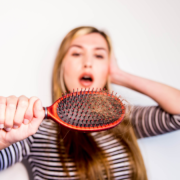
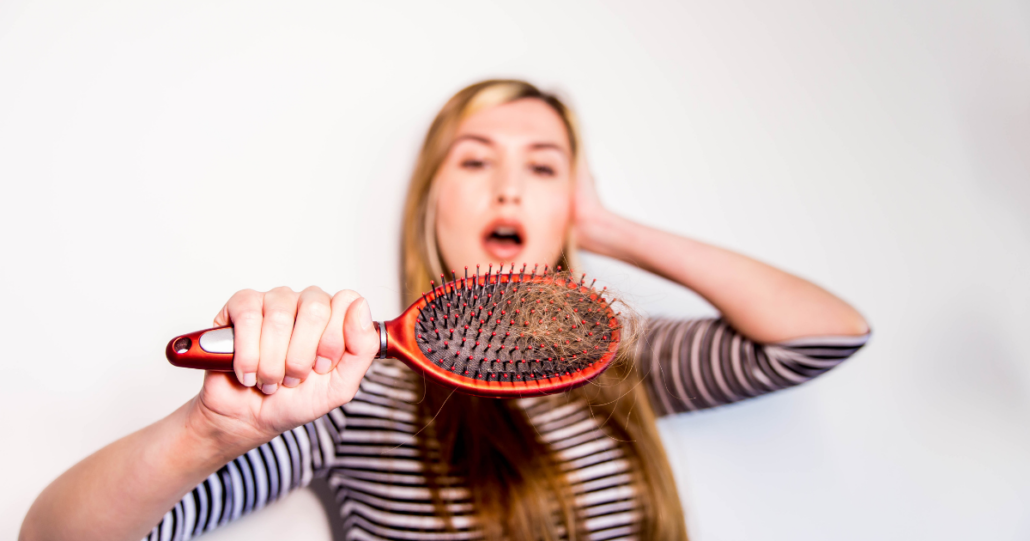

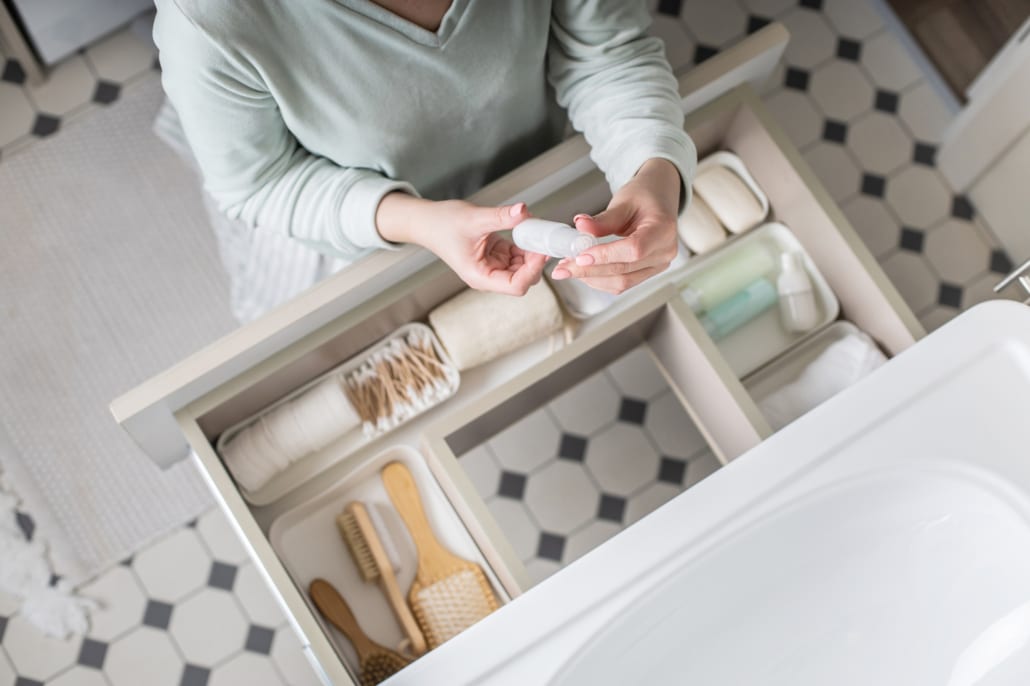




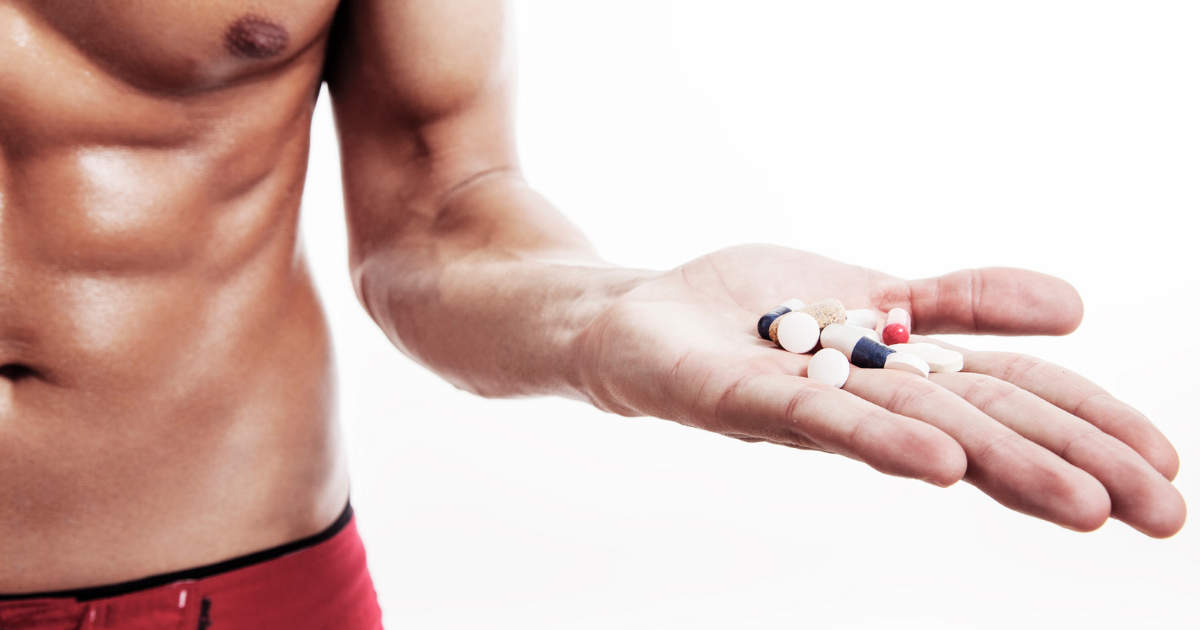

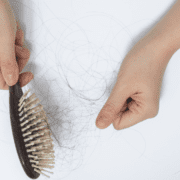

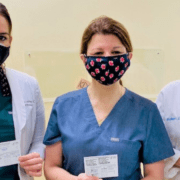


 One of the most extraordinary achievements in medical history is the rapid development of the coronavirus vaccine. With truly breathtaking speed, a novel technology has been harnessed to create a life-saving intervention. It will be several months, however, before most of us are vaccinated—and even longer before we can resume life as we knew it. This holiday season—like Thanksgiving- will not involve leaving town to visit extended family. I love to travel and am not excited about the prospect of another “staycation.” Who doesn’t want to get away and leave pandemic madness behind? But where is there to go? Like nearly everyone, I want to escape the drumbeat of bad news and the monotony of the same routine and landscape. A few weeks ago, as I walked along the river, I realized a boat could be the ticket out. Kayak rentals are now closed so I needed to buy one. I was a little worried about how much space it might take up—as city dwellers without a garage, that’s always an issue. But when I saw someone neatly fold up her kayak like origami, I learned about the world of foldable boats and headed straight to Amazon—the online version, not the one in South America.
One of the most extraordinary achievements in medical history is the rapid development of the coronavirus vaccine. With truly breathtaking speed, a novel technology has been harnessed to create a life-saving intervention. It will be several months, however, before most of us are vaccinated—and even longer before we can resume life as we knew it. This holiday season—like Thanksgiving- will not involve leaving town to visit extended family. I love to travel and am not excited about the prospect of another “staycation.” Who doesn’t want to get away and leave pandemic madness behind? But where is there to go? Like nearly everyone, I want to escape the drumbeat of bad news and the monotony of the same routine and landscape. A few weeks ago, as I walked along the river, I realized a boat could be the ticket out. Kayak rentals are now closed so I needed to buy one. I was a little worried about how much space it might take up—as city dwellers without a garage, that’s always an issue. But when I saw someone neatly fold up her kayak like origami, I learned about the world of foldable boats and headed straight to Amazon—the online version, not the one in South America.